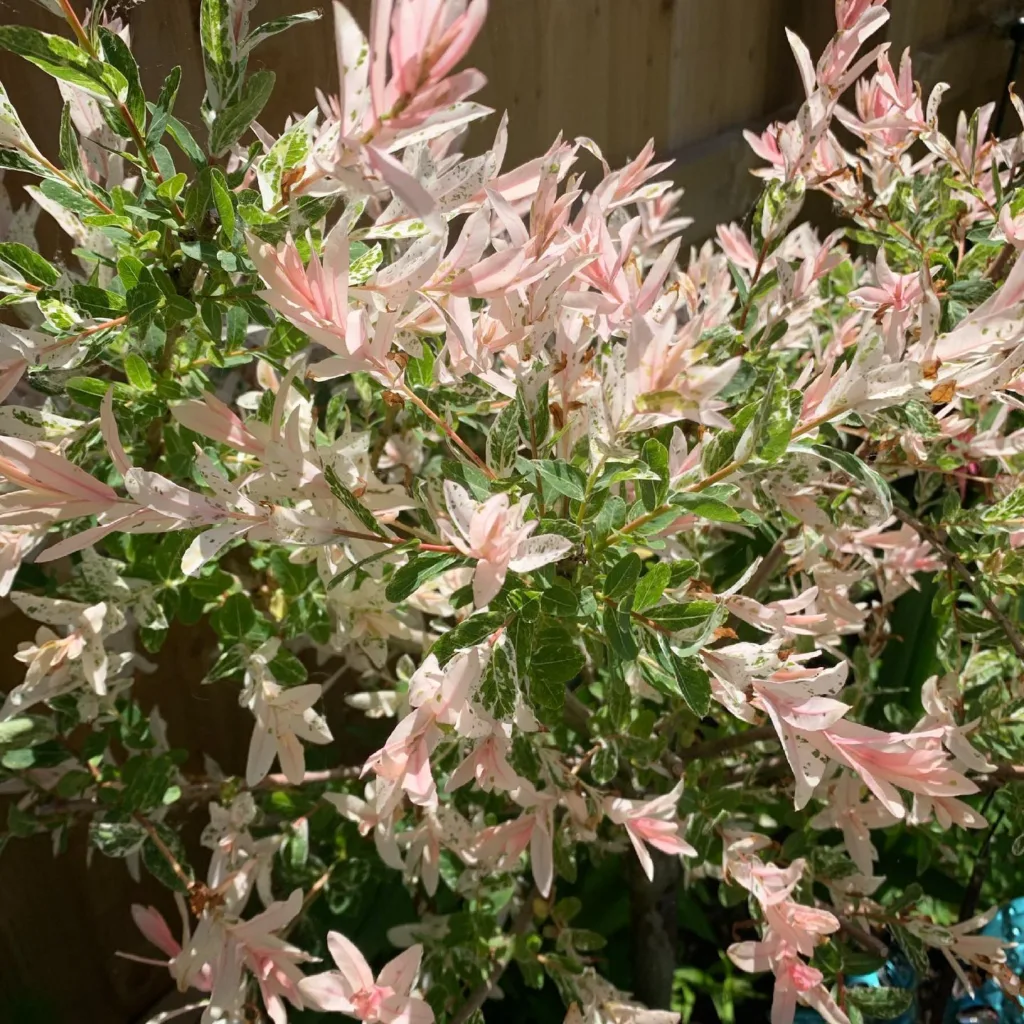
121 Species in Genus Lilium
What is a Tiger Lily?
When people talk about a Tiger Lily, they’re referring to a striking flower with a distinctive look. Scientifically known as Lilium lancifolium, this plant is known for its bright, showy blooms and unique appearance. The name “Tiger Lily” comes from the spots and streaks on its petals that resemble the markings of a tiger. This perennial plant is native to Asia and is celebrated for its resilience and eye-catching beauty.
What does a Tiger Lily look like?
A Tiger Lily is quite a sight to behold. Its flowers typically boast vibrant orange petals adorned with dark spots, resembling a tiger’s coat. The blooms are trumpet-shaped and can reach up to 6 inches in diameter. They stand on tall, sturdy stems that can grow from 3 to 4 feet high. The leaves are lance-shaped, long, and narrow, adding to the plant’s dramatic appearance. The overall effect is a bold and exotic floral display that can brighten up any garden.
What color is Tiger Lily?
The most common color for Tiger Lilies is a vivid orange, dotted with black or dark brown spots. However, there are variations in color, including shades of yellow and even some with a pinkish hue. Despite these variations, the striking pattern of spots remains a defining characteristic, ensuring that the Tiger Lily is always a standout in any floral arrangement.
When to plant Tiger Lily bulbs?
The best time to plant Tiger Lily bulbs is in the fall, usually between September and November. Planting in the fall allows the bulbs to establish roots before the winter sets in. This gives them a head start in the spring when they begin to grow and bloom. If you miss the fall window, early spring is also a good time to plant, just as the ground starts to thaw.
How to plant Tiger Lily bulbs?
Planting Tiger Lily bulbs is straightforward. Choose a sunny spot with well-draining soil. Prepare the soil by adding compost or well-rotted manure to ensure good drainage and fertility. Dig holes about 6 to 8 inches deep, spaced about 6 to 12 inches apart. Place the bulbs in the holes with the pointed end facing upwards. Cover with soil and water thoroughly. Mulching can help retain moisture and keep weeds at bay.
How to care for Tiger Lily plants?
Tiger Lilies are relatively low-maintenance. They thrive in full sun to partial shade and prefer well-drained soil. Water the plants regularly, especially during dry spells, but avoid waterlogging. Fertilize in early spring with a balanced fertilizer to encourage strong growth and blooms. Deadhead spent flowers to promote more blooms and prevent seed production, which can deplete the plant’s energy.
How to propagate Tiger Lily?
Propagating Tiger Lilies can be done through division or by growing from seeds. To divide, dig up the bulbs every few years in the fall and separate the offsets, replanting them immediately. For seeds, collect them from the spent flowers in late summer. Sow the seeds in a seed tray or directly in the garden, covering them lightly with soil. Keep the soil moist until germination occurs.
How long do Tiger Lily blooms last?
Tiger Lily blooms generally last for about 3 to 4 weeks. The exact duration can vary depending on growing conditions, such as temperature and moisture levels. To extend the blooming period, you can stagger planting times or choose varieties with different bloom times.
Is Tiger Lily poisonous?
Yes, Tiger Lilies are toxic, especially to pets such as cats. Ingesting parts of the plant can cause gastrointestinal distress, and in severe cases, can lead to more serious health issues. If you have pets, it’s wise to keep them away from the plant or opt for non-toxic alternatives.
Tiger Lily vs Day Lily
Tiger Lilies and Day Lilies are often confused, but they are quite different. Tiger Lilies (Lilium lancifolium) have distinctive spotted flowers and grow tall, with blooms that last several weeks. Day Lilies (Hemerocallis spp.), on the other hand, have a wide range of colors and shapes, and their flowers typically last only one day per bloom, though each plant produces multiple blooms over a period of weeks.
Tiger Lily vs Asiatic Lily
Asiatic Lilies are a broad group of lilies that include several species and hybrids, known for their vibrant colors and large flowers. Unlike Tiger Lilies, Asiatic Lilies usually don’t have the distinctive spots and are often smaller in height. They also tend to have a more rounded flower shape compared to the more elongated blooms of the Tiger Lily.
Tiger Lily vs Oriental Lily
Oriental Lilies are known for their large, fragrant blooms and are often white or pink. They are generally more fragrant than Tiger Lilies and have a more rounded flower shape. Oriental Lilies also grow taller, with some varieties reaching up to 6 feet, while Tiger Lilies usually grow to about 3 to 4 feet.
Tiger Lily vs Turk’s Cap
Turk’s Cap Lilies (Lilium superbum) and Tiger Lilies are often compared due to their similar appearance. Turk’s Cap Lilies have recurved petals and are often orange with spots, similar to Tiger Lilies. However, Turk’s Cap Lilies typically have a more pronounced backward curl in their petals and can grow even taller than Tiger Lilies.
Tiger Lily vs Prairie Lily
Prairie Lilies (Lilium philadelphicum) are native to North America and are known for their bright red to orange flowers. Unlike Tiger Lilies, Prairie Lilies have fewer spots and are usually shorter in height. They also have a more delicate appearance compared to the robust Tiger Lily.
Tiger Lilies are a fantastic addition to any garden, offering bold color and a touch of exotic flair. Whether you’re a seasoned gardener or a beginner, understanding the differences between various lily types can help you create a diverse and beautiful floral display.
If i die, water my plants!



